
The silk of South America
Peru's millennial tradition of growing and perfecting cotton can be traced back to pre-Inca cultures.
Peruvian Pima cotton (gossypium barbadense) is considered one of the softest and finest cotton in the world. It originates from the rain-fed coastal areas of Peru - where growing conditions are ideal in terms of soil quality, rainfall, and temperature. Picking and sorting by hand are particularly environmentally friendly, gentle on the fiber, and guarantee that the fiber remains pure and undamaged - this cannot be guaranteed with machine harvesting.
You can feel the result immediately: It is cuddly soft, extraordinarily durable, and has a sheen of its own, to which it owes its name
„Silk of South America“
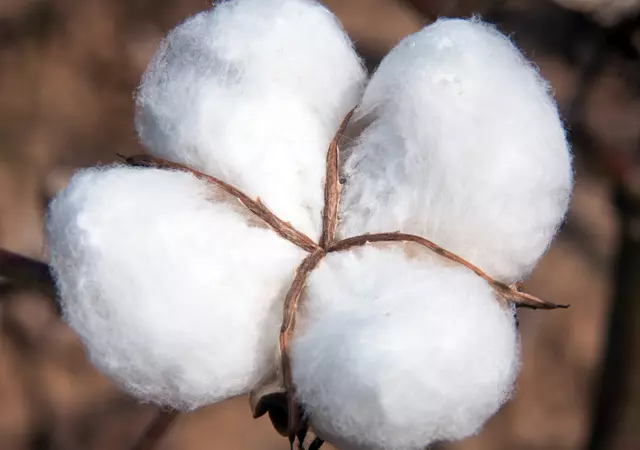
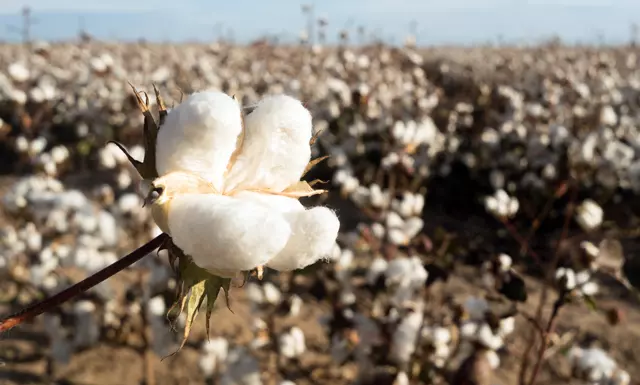
Sustainable cultivation & harvesting
Pima cotton (material in general) itself is neither sustainable nor unsustainable. The way Pima cotton is handled and the measures taken to grow and harvest Pima cotton is crucial to sustainability. The way it is grown, the sparing but sufficient irrigation, the absence of pesticides, and whether it is harvested by hand or by machine are all factors that determine whether a product can be called "sustainable".
At APU KUNTUR we mainly use Pima cotton from controlled organic cultivation, which is particularly soil and resource-friendly and free of pesticides. Controlled organic cultivation (kb) has special demands, requirements, and conditions to be certified as such. Our Pima cotton comes from certified cultivation.
The best cotton is harvested by hand in Peru
Pima cotton is a type of cotton native to the coastal valleys of northern Peru. For thousands of years, Pima cotton has been harvested by hand, making it one of the most environmentally friendly cotton varieties around. This natural man-made harvesting method is environmentally friendly and guarantees the best quality yarn. It is this harvesting technique that distinguishes it from all other cottons that is mechanically and industrially harvested. Manual harvesting avoids all the impurities and imperfections of mechanical harvesting and makes Pima cotton one of the highest quality cotton around.
APU KUNTUR has sourced this fiber directly from its natural habitat to limit its environmental footprint and benefit from local know-how. By sourcing Pima cotton directly from Peru, APU KUNTUR can offer its customers high-quality, durable, and environmentally friendly products.
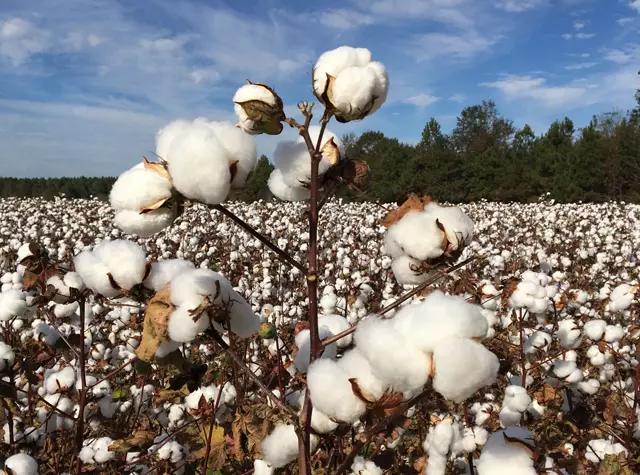
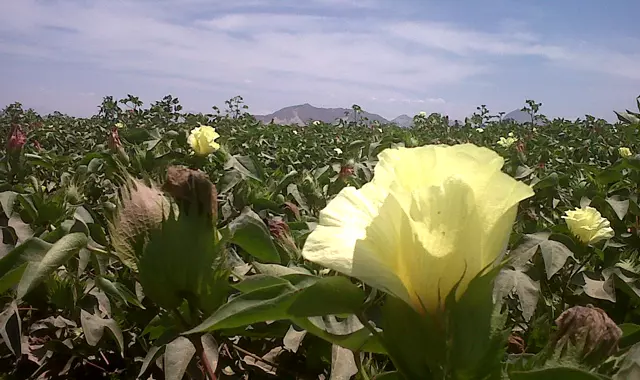
The special feature of Pima cotton
It differs from conventional cotton in that its fiber length is up to twice longer - these particularly long fibers and the small lumen give it its elegant sheen and heavenly softness. Pima cotton is significantly more breathable than most other cottons due to its hollow fiber structure.
- Noticeably soft - like a gift for the skin
- Beautiful: The silky, shimmering sheen
- Durable and long-lasting
- Refreshing: The pleasantly cooling wearing sensation
- Thermoregulating: retains body heat in cold weather
- Sustainable: Hand harvested & processed in an environmentally friendly way
Pima cotton at a glance
- Has been grown in Peru for over 5,000 years
- Is still grown today as it was then: Without chemicals, without pesticides
- Pima cotton is exceptionally durable - sacred blankets woven in Inca times still exist today!
- Originates from the rainy coastal regions of Peru
- Pima cotton is a rare variety, accounting for only 3% of the world's cotton production
- Individual fibers are about 35% longer (≥35mm) than those of ordinary cotton and about 45% stronger
- Due to the special fiber structure, garments made of Pima cotton have a very good fit.
- Due to chemical-free cultivation and processing, Pima cotton is absolutely natural and perfectly suitable for sensitive skin.
- Hypoallergenic, as no pesticides or chemical treatments are used
- Hand harvested, gentle & environmentally friendly
- Free from pesticides
- Does (almost) not need to be washed - airing it out overnight is enough for a long period in most cases
- Pima cotton fibers can absorb up to 8.5% of their weight in water.
- Pima cotton keeps the heated air in contact with the body and warms it. At the same time, it absorbs excess moisture. As a result, you sweat less.
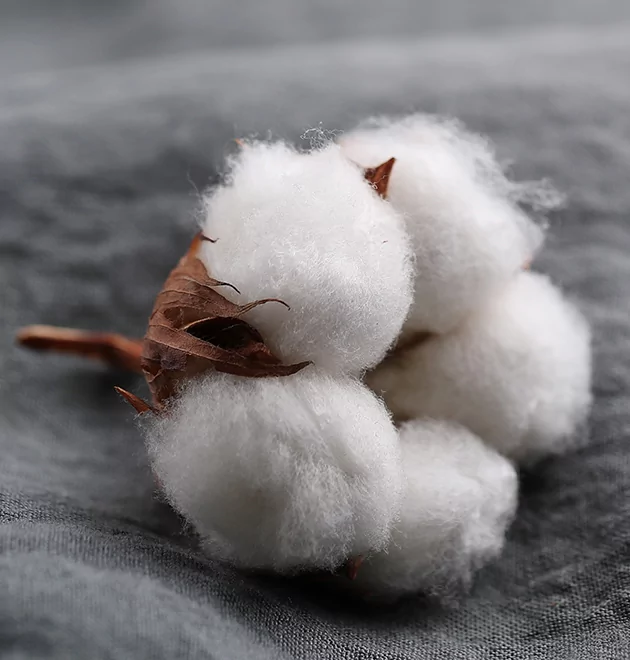
Pima cotton compared to other cottons
Cotton type
Pamuk
"normal" cotton
Pima/Supima
Fiber length
approx. 1,5-2 cm
approx. 2,5 cm
approx. 3,5 cm
Price / Quality
Cheapest cotton type, lowest quality
Usual cheap t-shirts, medium quality
High quality cotton, high quality, higher price category
The fineness depends on how thin the thread can be twisted. The fibers should overlap by 2/3 to achieve the best possible stability. The longer the fiber, the fewer fibers must be used to achieve a certain distance. The fewer fibers that need to be used, the softer and shinier the finished fabric will be, because the fewer fibers, the fewer fiber ends can stick out and scratch. The feeling of softness and apparent sheen depends on how many fiber ends are sticking out. The longer the fiber type used, the fewer fibers you have to use and the fewer fiber ends sticking out from the thread. The fabric can thus be used much thinner, feels much softer, and also shines much more. The fiber length determines the quality of the fabric and influences the perceived sheen.

 English
English  Deutsch
Deutsch Français
Français